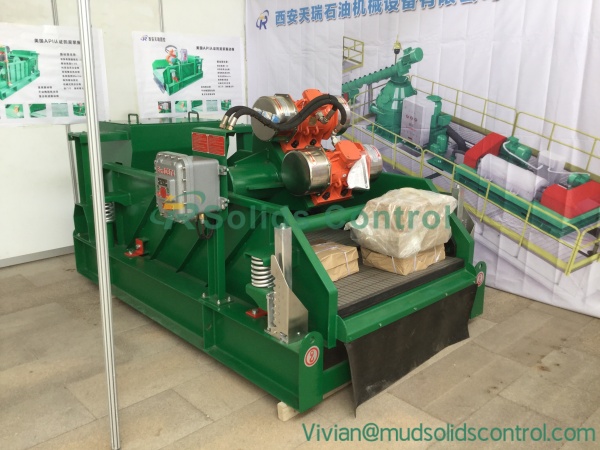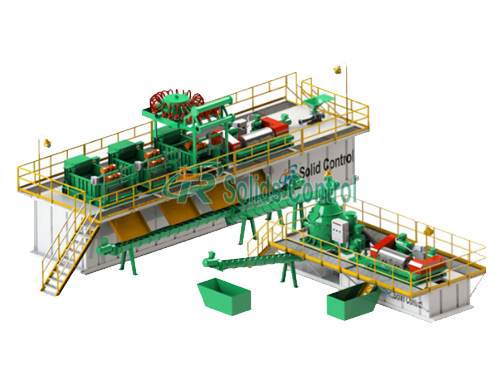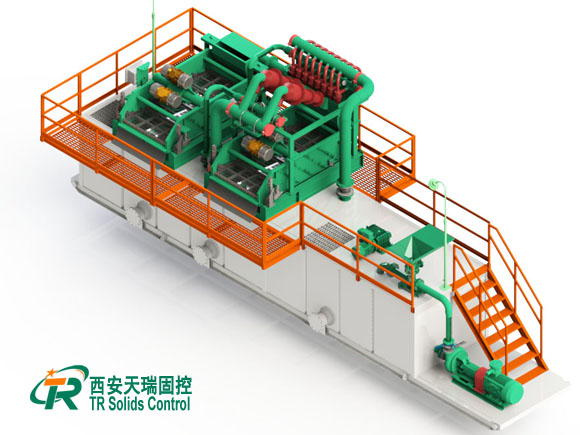Shale Shaker Maintenance Guide: Key Steps to Extend Equipment Life and Improve Stability
Routine shale shaker maintenance is crucial for ensuring stable operation during drilling activities. Proper maintenance reduces screen wear, prevents vibration faults, lowers downtime, and improves overall solids control performance. By following structured inspection steps and preventive measures, operators can significantly extend equipment life and maintain consistent mud treatment quality.
1. Regular Screen Inspection
- Look for tears, broken mesh, and loose edges
- Replace damaged screens promptly
- Ensure correct tensioning to avoid premature wear
Consistent screen maintenance improves separation accuracy and reduces unnecessary mud losses.
2. Check Vibration Motors
- Verify motor rotation direction
- Inspect eccentric weights and adjust if needed
- Monitor temperature and vibration noise
- Tighten electrical connections regularly
Keeping motors in good condition helps maintain stable G-force output.
3. Lubrication of Bearings
- Follow the manufacturer’s lubrication schedule
- Use recommended grease types
- Avoid over-lubrication, which may cause overheating
- Clean lubrication contributes to long service life and smoother motion.
4. Clean the Shaker Deck and Underside
- Remove leftover solids after shutdown
- Check for rust or damage
- Inspect rubber deck seals and replace when worn
- A tidy working surface enhances overall efficiency.
5. Check Structural Fasteners
- Inspect all bolts on the deck, skid, screen frame, and motors
- Re-torque according to recommended values
- Replace worn or corroded fasteners
Tightening fasteners prevents operational instability and unexpected shutdowns.
6. Monitor Mud Flow & Distribution
- Ensure the inlet pipe is centered
- Adjust weir height or flow control valves
- Check for blockage in the feed box
Balanced flow keeps the shaker performing at optimal efficiency.
7. Electrical System Inspection
- Safe and reliable electrical components are vital.
- Inspect cables for wear or moisture
- Check control panel functions
- Ensure proper grounding of the shaker
Stable electrical performance supports long-term reliability.
8. Keep Maintenance Records
- Record screen usage time
- Track motor service intervals
- Log lubrication activities
Good records improve maintenance planning and reduce downtime.
Conclusion
Implementing a proper shale shaker maintenance plan helps protect equipment, stabilize drilling fluid treatment, and lower operational costs. With consistent inspections and timely replacements, drilling teams can improve performance and maintain safer field operations.








Leave a Reply